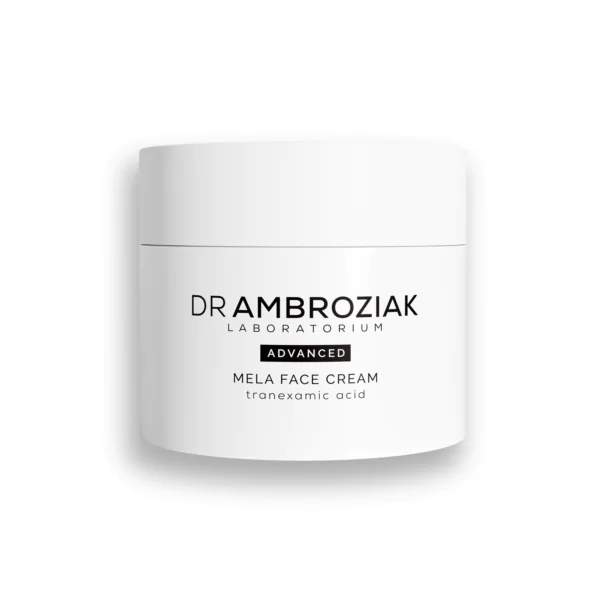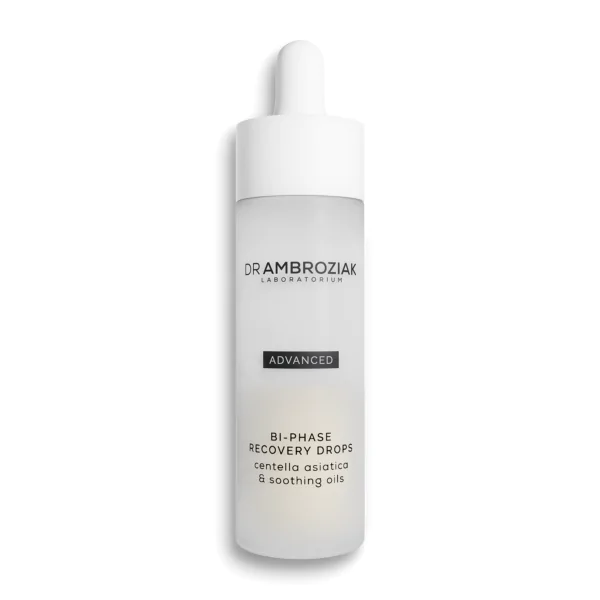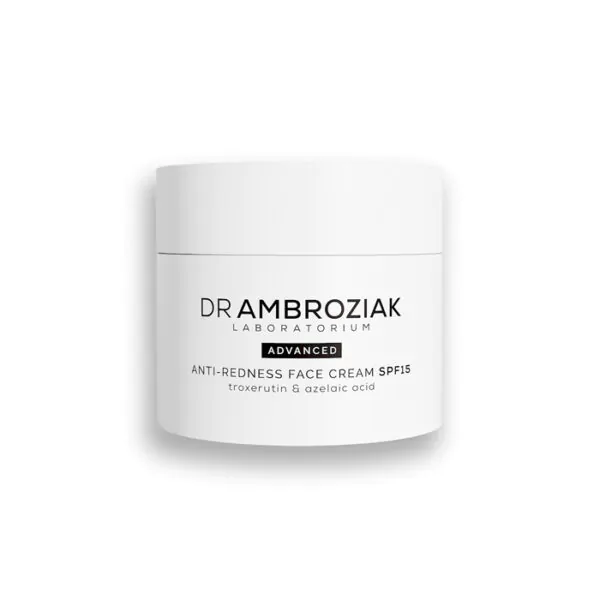Urethrocystoscopy
Urethrocystoscopy involves inserting a thin speculum through the external urethral orifice. The inserted speculum, or cystoscope, is equipped with an optical system and a light source. This allows the specialist doctor to see the urethra, its channel and the bladder very precisely if necessary. The cystoscope is also equipped with a device that allows a section to be taken for examination, which will allow deeper analysis of the patient's urinary tract condition. This examination is performed when the doctor suspects cancer, narrowing of the urethra, stones, inflammation in the urinary tract or other conditions. With treatment, conditions such as polyps, narrowings that prevent comfortable urination, bleeding or others can be cured.
Why is it worth it?
Thanks to the very accurate urethrocystoscopy examination, the doctor can make a thorough diagnosis of the patient's urinary tract problem and treat some conditions expressly. Lack of invasiveness or the necessity to use a scalpel makes urethrocystoscopy a very comfortable way to cure the above mentioned conditions.
What do you need to know?
Location
Price
Problem solved
How often repeat
Duration time
Effects
The result of urethrocystoscopy is a detailed and precise diagnosis of the urinary tract problem and the possibility of starting the appropriate treatment. In addition, the possibility of express treatment of a tumour or stone problem is another advantage of this procedure. Short and simple convalescence, no complicated preparation for the examination and no pain during the procedure are among the many advantages of this procedure.
Book consultation!
FAQ
Before the procedure, the patient gives a blood sample for analysis and takes antimicrobial medication. The patient is also asked to empty the bladder completely (if possible, of course). The examination takes place under local or general anaesthesia. During the examination, the patient lies on the back and the specialist places the cystoscope in the urethra. After the examination, the doctor consults the result with the patient and determines further treatment, if necessary. The whole examination takes no more than 15 minutes if it is only a diagnosis. In case of simultaneous treatment, the duration of the procedure is longer depending on the number of stones or the size of tumour.
After the examination, you should drink plenty of water. For a few days after the procedure you should take antibacterial medication prescribed by the doctor. You should not drive on the day of the procedure as the anaesthetic may affect your ability to perform this activity.
Acute cystitis or prostatitis, significant prostate enlargement, bladder injury, recent myocardial infarction
No, the procedure is performed under local anaesthesia.
The procedure ought to be repeated in case of recurrence of worrying symptoms.
We also recommend
Find the perfect treatment for you

Surgery of phimosis with simultaneous penile frenulum plasty

Penile frenulum plasty











